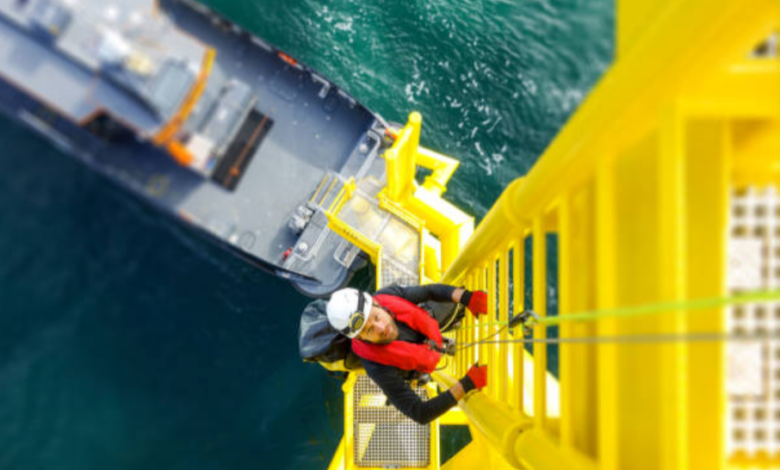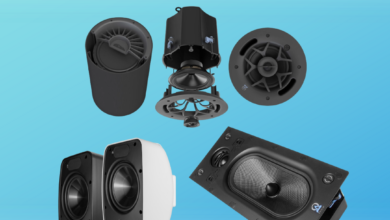What Role Does Smart Monitoring Play in Jetty Maintenance Today?

In an ever-changing coastal infrastructure environment, technology is the key to the durability and robustness of essential port structures. Jetties that aid navigation, protect the shoreline, and promote commerce need to be maintained if they are to continue to function well. Maintenance was traditionally based on visual inspections and manual surveys, followed by reactive repair. But the development of smart monitoring systems has led to a radical change in how engineers and planners manage jetty maintenance. For jetty construction projects, intelligent monitoring is an indispensable tool to enhance safety, minimize expenditure, and conserve the marine environment.
From Construction to Maintenance
The role of smart monitoring commences in the early stages of the jetty construction. With sensors embedded, drones deployed, and digital mapping integrated, engineers lay the groundwork for a lifecycle of continuous evaluation for the jetty. This active method of monitoring structural health facilitates early detection of weaknesses, which will be able to be treated rather than becoming full-blown repairs. When the facility or structure is in use, monitoring instruments produce a continuous flow of data that supports daily operations as well as longer-term planning.
How Smart Monitoring Works
Smart monitoring systems combine multiple technologies, including sensors, satellite imagery, machine learning, and predictive analytics. Sensors are often placed on piles, decks, and seabed foundations during jetty construction to measure stress, strain, vibration, and even corrosion. The resulting information is sent to centralized platforms, where algorithms identify patterns and anomalies. This information helps engineers identify problems like erosion, material fatigue, or settlement before they affect structural integrity.
Benefits of Smart Monitoring in Jetty Maintenance
The adoption of smart monitoring has brought a wide range of advantages to coastal projects. These benefits are not just technical but extend to environmental and economic gains as well:
- Early Detection of Issues: Continuous monitoring identifies small cracks, displacements, or corrosion at the earliest stage, preventing major failures.
- Cost Savings: Predictive maintenance minimizes emergency repairs, reducing overall maintenance budgets.
- Improved Safety: Real-time alerts ensure rapid response to structural risks, protecting workers, vessels, and communities.
- Environmental Protection: Smart monitoring reduces the need for invasive inspections, limiting disturbance to marine habitats.
- Data-Driven Decisions: Historical and live data create more accurate maintenance schedules, extending the life of the structure.
Enhancing Sustainability Through Technology
Sustainable development has been the focus of attention in coastal engineering, and smart monitoring is essential to this end. Smart systems also support what are increasingly eco-friendly approaches in jetty construction, such as decreasing the environmental impact of inspections and cutting down on potential interventions.
In addition, data-driven maintenance cuts down on material replacement, which is often unsustainable and energy-intensive, and results in lower emissions and reduced use of natural resources. This blending of sustainable practices with technology results in jetties that are robust, sustainable, and friendly to the environment.
Read Also: Wearable Technology Innovations in Healthcare
Case Studies and Worldwide Examples
Ports and coastal authorities worldwide are embracing smart monitoring. In Europe, high-tech sensors embedded in the jetty during construction have enabled ports to predict storm damage and to boost their defences in near real-time. Drone surveys are being combined with AI algorithms to map erosion patterns in Asia with astounding accuracy. Meanwhile, North America has bore witness to the proliferation of digital twin models — virtual representations of jetties that permit engineers to run scenarios and evaluate maintenance plans in a digital world before implementing them in the physical world. These are just a few of the ways smart monitoring has become an indispensable tool for jetty maintenance across the world.
Future Outlook
Looking forward, the significance of smart monitoring for jetty maintenance will increase. Advances in AI, robotics, and remote sensing will enable even more precise and cost-effective monitoring. Predictive systems could, in the not-too-distant future, automatically dispatch repair robots when sensors identify weaknesses. For jetty engineers, these revolutions mean you design for structures not just strong but smart—able to adapt to changing circumstances and evolve with technology.
Conclusion
Smart monitoring has revolutionized coastal engineers and the community, that better manage the maintenance of jetties. No longer are they relying only on periodic manual inspections; the industry is now benefitting from continuous, data-driven intelligence to optimize safety, cost, and environmental performance. For contemporary jetty design, smart monitoring should be considered from the beginning, not as an option, but as a requirement to build resilience to Climate Change, increasing marine traffic, and natural aging. With continuing technological advances, jetties will expand their role from physical barriers and access points to intelligently protecting the future of coastal infrastructure.


